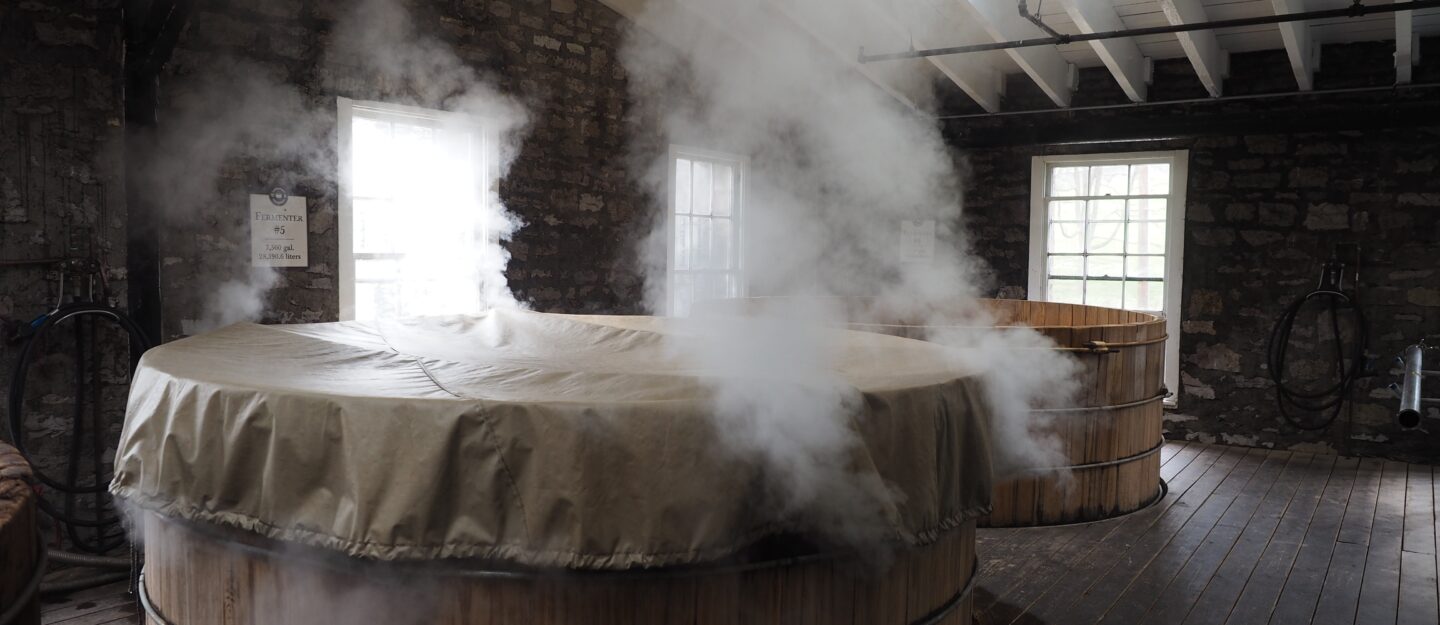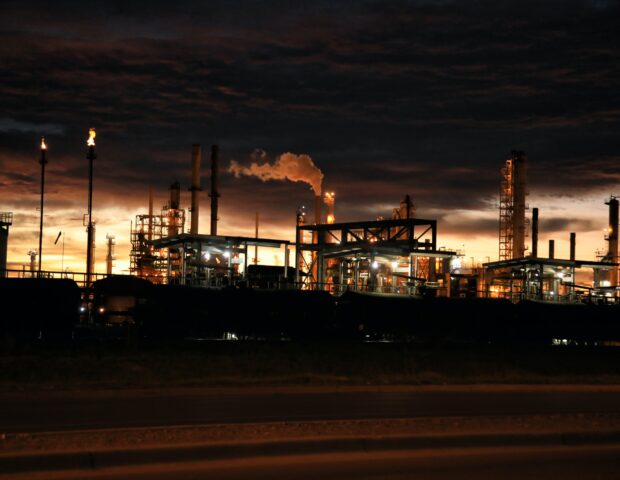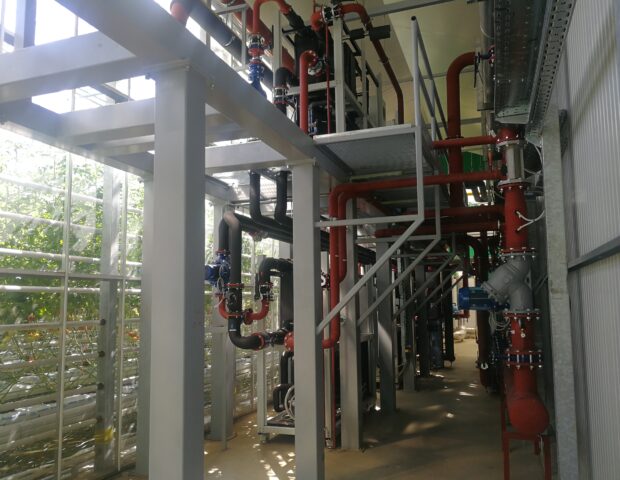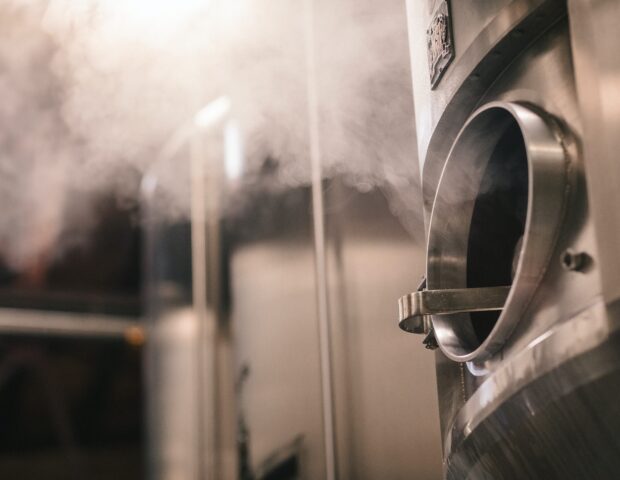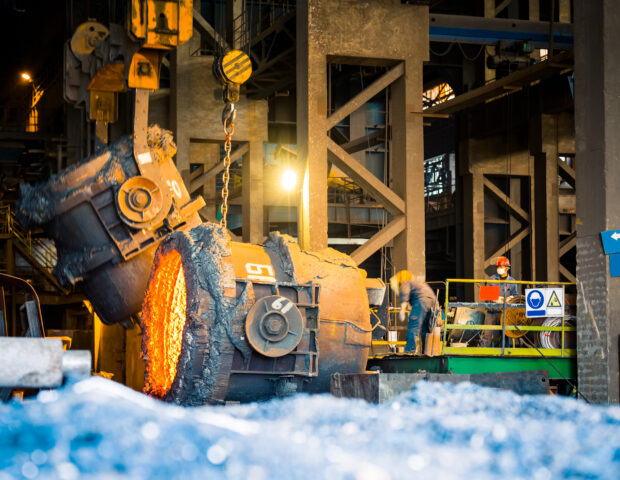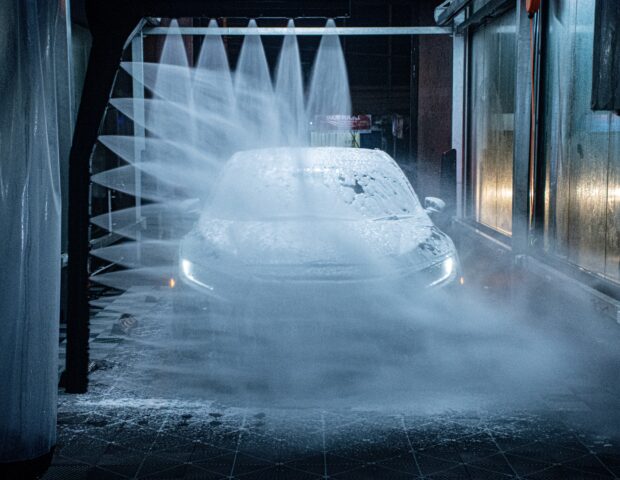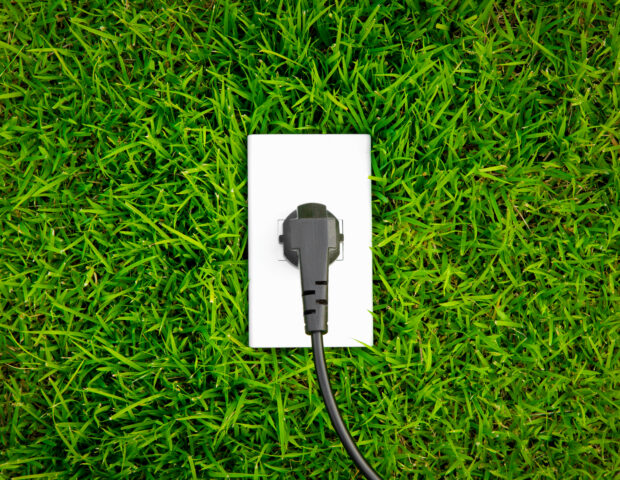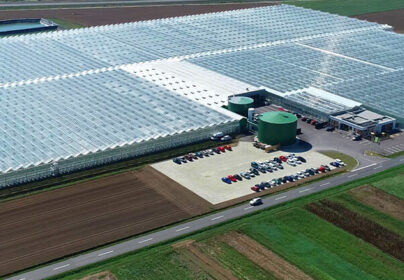In all cooling processes, heat is generated. This heat can either be waste if not utilized or it can be used to heat another space. An illustrative example from everyday life is a refrigerator that keeps its interior cold while releasing heat into the surroundings. Because a refrigerator is a small device, the emitted heat is negligible and not felt in the room. However, in industrial and larger facilities where cooling needs due to processing and manufacturing are substantial, envisioning them as enormous refrigerators results in significant amounts of waste heat being released into the surroundings.


